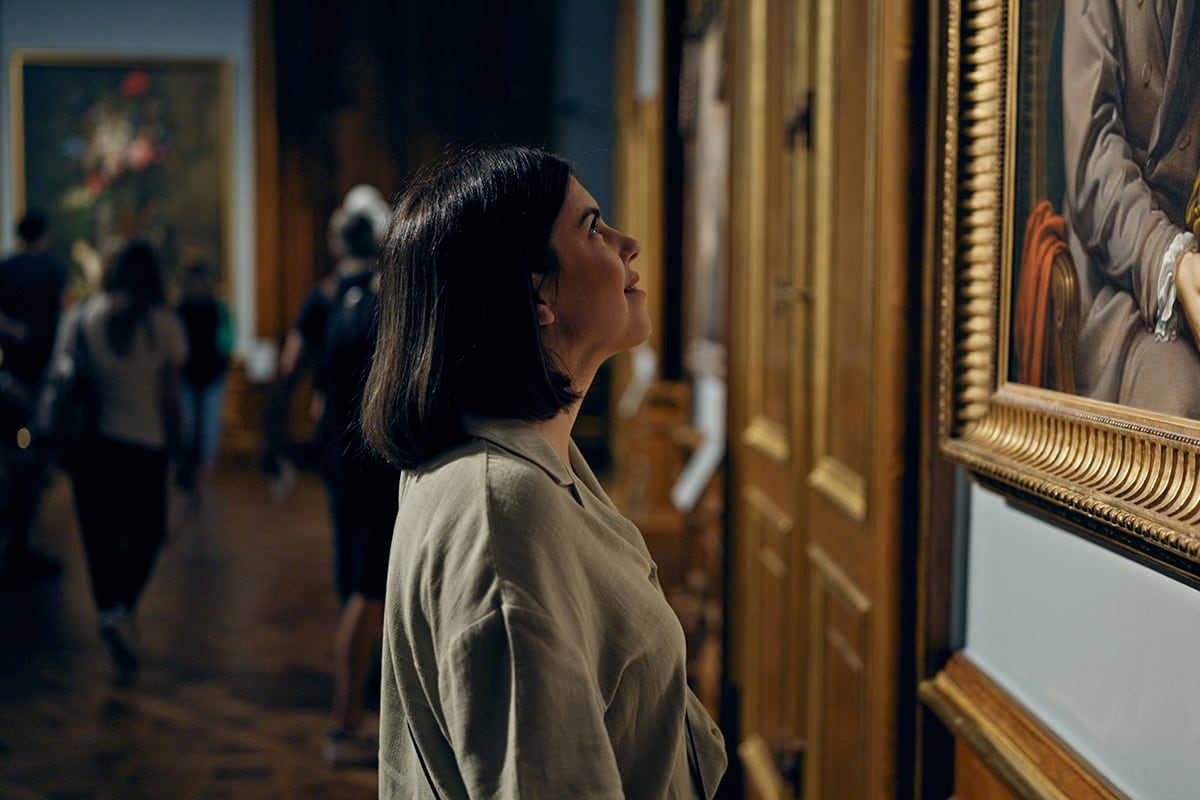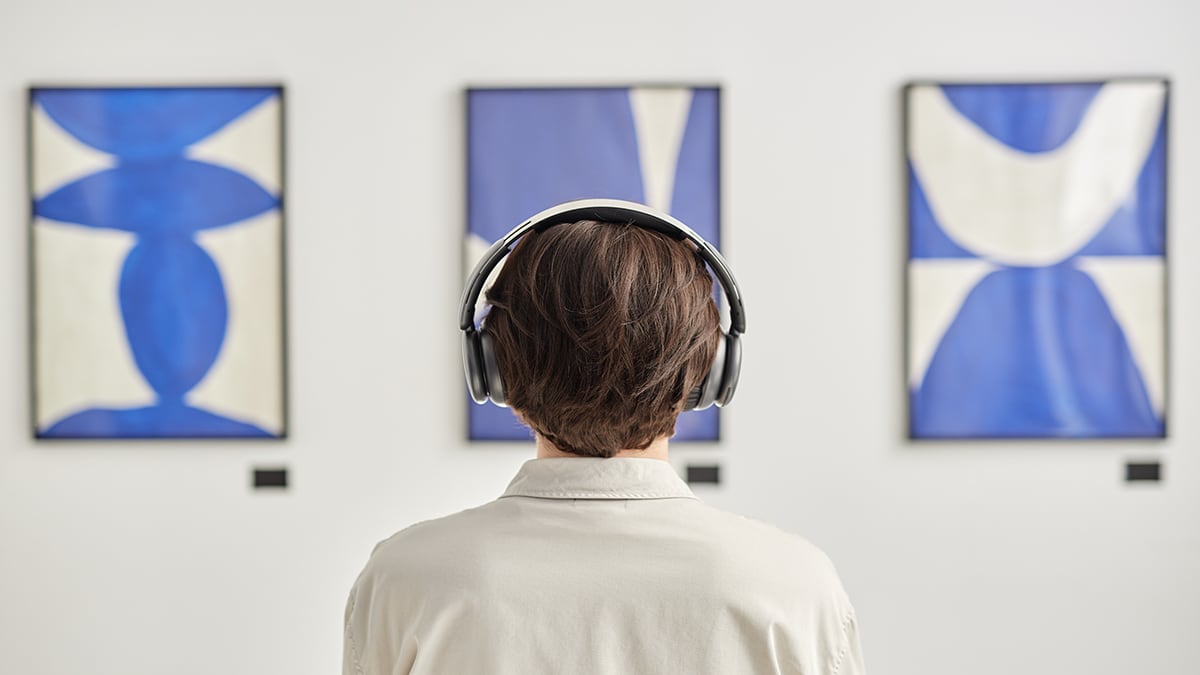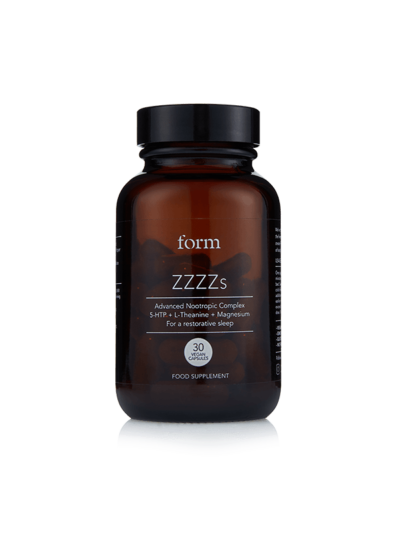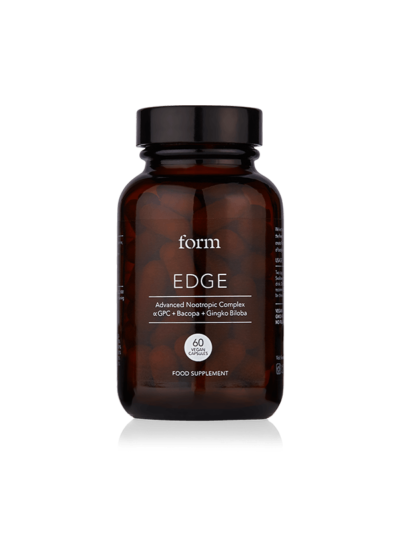Why Looking at Beautiful Art Could Lead to a Happier, Healthier Life

With stats revealing the state of the nation’s worsening mental health, many of us are seeking out effective ways to tame our frazzled minds. From sound baths and saunas to breathwork retreats and dopamine smoothies, there’s now an entire billion-dollar industry dedicated to mitigating the worst effects of our always-on lifestyles.
But what if harnessing your volatile stress cycle response was less about blowing your budget on the latest wellness gadget and more about focusing on the simple pleasures in life – like blocking out time in your diary to visit your local art gallery?
Increasingly, researchers are uncovering the profound effect that great art can have on our mental wellbeing – regardless of whether you’re throwing paint on a canvas yourself or simply spending your weekend strolling through an exhibition.
What does science say about art and mental health?
From reducing stress and busting anxiety, to treating depression and building self esteem, art has been linked to all manner of impressive health benefits. So much so, that it’s now a widely accepted and prescribed form of psychotherapy treatment.
Highlighting this point, in 2019, The World Health Organisation published a major report called ‘What is the evidence on the role of the arts in improving health and wellbeing?’.
The review looked at over 3000 health studies from around the world, and found that participation in the arts can benefit people at all stages of life, from early childhood development to end-of-life care.
As well as helping to bolster mental health and increase resilience, the researchers uncovered that cultural projects can act as a type of social glue, helping to reduce loneliness by bringing disparate communities closer together.
Plus, it can also serve as a powerful type of walking mediation for people who struggle to power down their anxious thoughts. As mindfulness teacher and Form co-founder Natalia Bojanic explains: “Visual arts can serve as a portal to our inner landscape. For some people, sitting in stillness with their thoughts, feelings and emotions can be challenging, so adding movement can be a more inviting path to contemplation.
“Skilled artists also have the ability to be thought provoking, move hearts and create spaces that foster connection, which are all qualities that can deeply nourish our wellbeing.”

What does viewing art do to our brains?
Most people are familiar with the tingly buzz of seeing a world-class masterpiece in the flesh, but a project by the charity Art Fund aimed to map what’s actually happening to our grey matter when we feel this phenomenon, using special brain scanning technology.
A group of study participants wore EEG headsets while viewing famous pieces of art by Van Gogh, Monet and Cézanne, with researchers recording their brainwave patterns via immersive 3D visualizations.
The brainwave recordings revealed that when people viewed art they considered beautiful or aesthetically meaningful, the pleasure centers in their brains were activated, causing a release of feel-good neurotransmitters.
As Dr Ahmad Beyh, a neuroscientist and postdoctoral fellow at Rutgers University, explains: “We know that when a person views something that they find beautiful, for example, a face or an abstract art painting, their brain’s pleasure centres light up and its visual sensory centre is engaged more intensely. Studies suggest that this is accompanied by a release of dopamine.”
Aside from boosting your mojo, there may also be subtle benefits for your career too. A study published in the Journal of Cognitive Neuroscience found that viewing aesthetically pleasing artworks increased gamma wave activity in the brain – a type of fast wave which is associated with better cognitive function, leading to improved focus, concentration and problem-solving.
Who can benefit most from art therapy?
“Honestly, everyone,” believes Bojanic. “UCL recently published a major report featuring a series of longitudinal studies examining the impact of the arts on wellbeing.
“Some key findings from the report include better health and social behaviours in children and young people, improved mental health in adulthood and lower risks of depression and dementia in later life,” she explains.
“This research has definitely motivated me to take advantage of the incredible, and mostly free, opportunities we have to experience art all around us,” she notes, which could involve anything from visiting a major exhibition to simply stopping to admire some local street art.
How can I maximise the benefits of viewing art?
In recent years, smartphones have changed our behaviour, and in today’s hyper-connected world, it’s near impossible to get through an afternoon without anxiously checking your notifications – a phenomenon highlighted by the fact that adults check their phones, on average, 344 times a day.
Before you head into an exhibition, Natalia suggests putting your phone on airplane mode so you can focus on soaking up the feel-good visuals, uninterrupted. “My main advice is to be present, stay open and allow yourself to feel,” she explains. “If you need some techniques to help, try walking more slowly than usual, pausing frequently, and taking deep, conscious breaths between spaces or experiences.”
Most importantly, the Art Fund research suggests that we get the most bang for our buck when we gaze on artwork that deeply moves us – so if you’re intentionally looking to boost your mood this season, it’s worth spending some time researching artists and works that trigger big emotions.


















